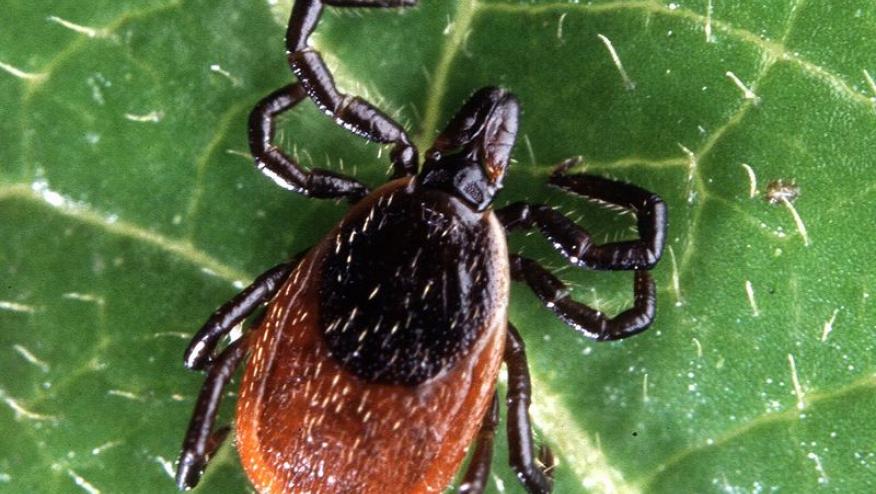The Arthritis Spectrum after Lyme Infection - Something New Save

Symptoms attributed to chronic Lyme disease are the bane of a rheumatologist’s existence. We often see patients referred for a variety of nonspecific complaints that do not resolve after antibiotic therapy, including the so-called post-Lyme disease syndrome.
There are, however, a variety of musculoskeletal complaints that may occur in the wake of Lyme disease and sometimes the picture is not so clear.
From a rheumatology standpoint, a person infected with Lyme disease can have four possible outcomes. If left untreated, Lyme arthritis has been reported in up 60% of untreated patients. If treated, most patients with Lyme arthritis completely resolve but a small number develop what has been referred to as post-infectious, antibiotic-resistant arthritis that can be treated as idiopathic inflammatory arthritis.
Finally there is a growing group of patients who have a variety of nonspecific and medically unexplained symptoms in the wake of treated Lyme who appear to have something that looks like central pain amplification and/or Chronic Fatigue Syndrome (CFS). This has been labeled the post-Lyme syndrome.
There is growing and strong evidence that this syndrome does not respond to further antibiotics. While it may be cynical to say it does not exist, for the moment, it is incompletely understood.
A recently published study by a group from Massachusetts General Hospital describes 30 patients seen in their rheumatology department who were diagnosed with a systemic autoimmune arthritis following Lyme disease infection.
These 30 patients completed appropriate antibiotic therapy for Lyme disease and subsequently developed rheumatoid arthritis (15 patients), psoriatic arthritis (13 patients) or spondyloarthritis (2 patients), a median of 4 months after onset of Lyme disease. They compared this group to 43 patients with Lyme arthritis, a different entity that manifests as a persistent mono- or oligoarticular arthritis most commonly involving the knee.
Compared to the Lyme arthritis group, the patients with systemic autoimmune arthritis were older, more likely to be male and were more likely to have a family history of autoimmune disease. B. burgdorferi antibody responses were more often low or equivocal in the systemic autoimmune patients (70%), whereas the Lyme arthritis group had strongly positive IgG antibody responses.
The investigators tested for 3 Lyme disease-associated autoantibodies (ECGF, apoB-100 and MMP-10) in 27 of the 30 systemic autoimmune patients and found at least one to be positive in only 6 patients. Conversely, 44% of the Lyme arthritis group was positive for one of these autoantibodies. Treatment with DMARDs and/or biologics resulted in improvement in the majority of the patients with systemic autoimmune disease.
It is important that rheumatologists be familiar with the spectrum of articular manifestations of Lyme disease and its post-antibiotic treated state. It is perhaps more important that this not be confused with CFS Post-Lyme Syndrome, a completely different and much more controversial entity.










If you are a health practitioner, you may Login/Register to comment.
Due to the nature of these comment forums, only health practitioners are allowed to comment at this time.